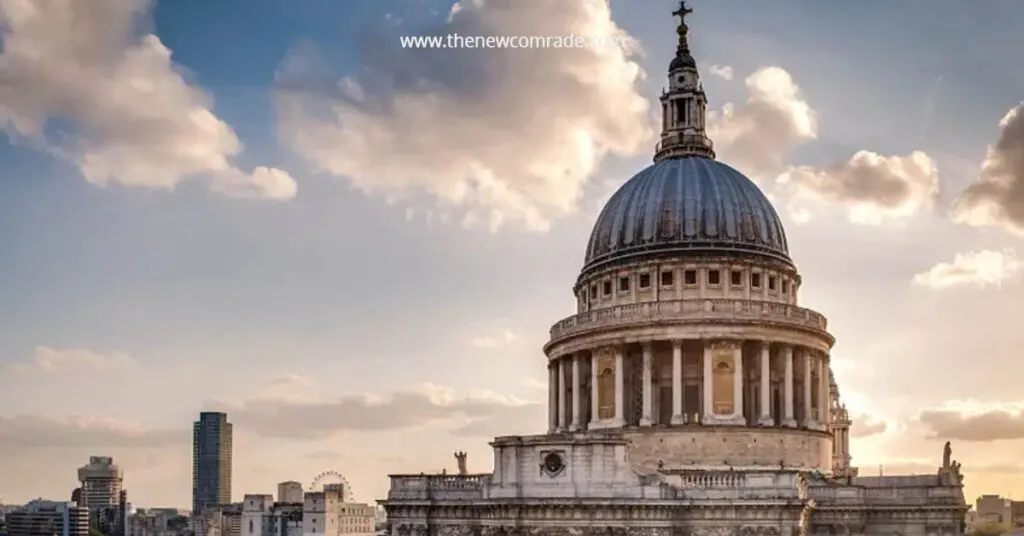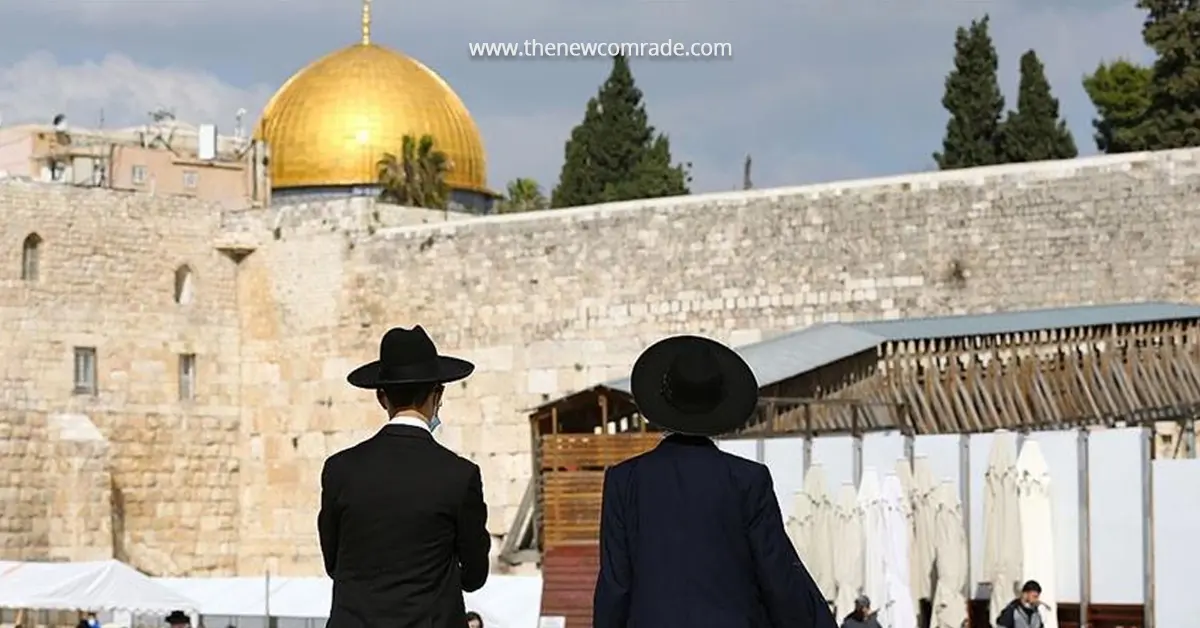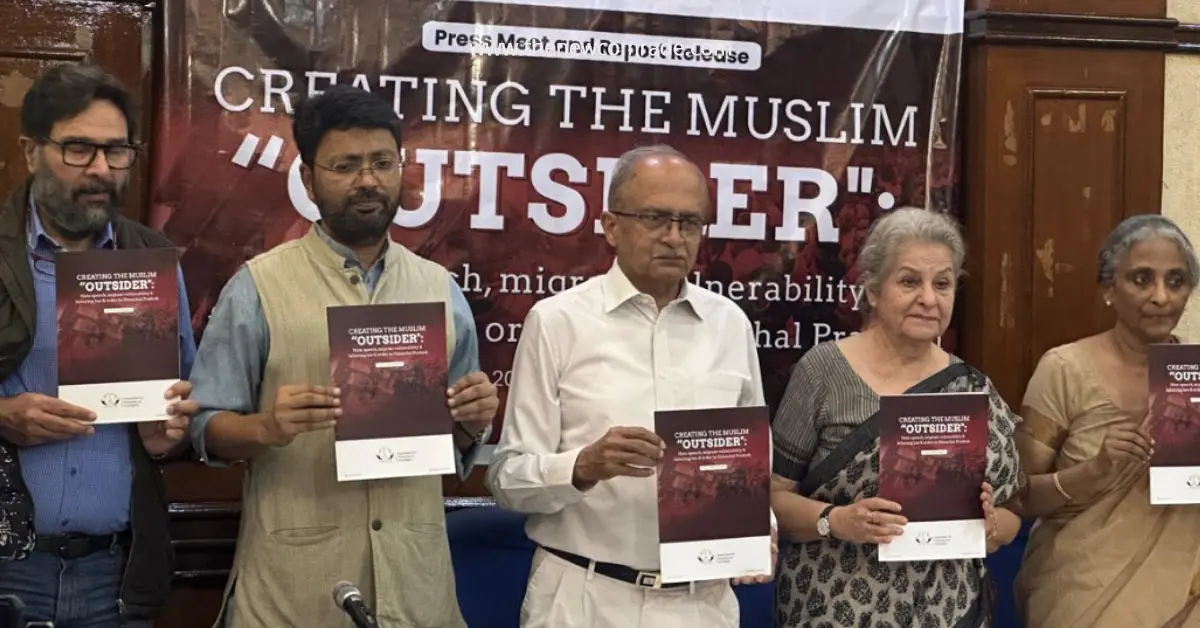Western civilization is a myth pompously presented through Eurocentric writings in the wake of the European Renaissance and colonial conquests. According to Kwame Anthony Appiah, a British-Ghanaian philosopher, the classical Greco-Roman connection that Europe sought to revive during the Renaissance was actually preserved through the libraries and scholars of the Islamic lands. It was these agencies which gathered and disseminated long-forgotten knowledge traditions and ultimately laid the groundwork for the Renaissance itself.
And, it was through Muslim thinkers like Al-Farabi and Ibn Rushd that Europe managed to revisit the writings of Aristotle and Plato, which they had been ignorant about for centuries. Islamic civilization, as Appiah views, served as an indispensable link between the ancient Greco-Roman cultures and Renaissance Europe.
Even after the Frankish victory at the historic Battle of Tours (732 CE), Christian bishops, Venetian merchants, churches, and synagogues were a constant sight on the streets of Al-Andalus (Moorish Spain). In contrast, in the Frankish dominions, there was not even a single Muslim scholar to name. Appiah points out that this underscores the cultural and intellectual inclusiveness displayed by the Muslims.

The notions of Western civilization and ‘Christian Europe’ were often used to extend European political hegemony and establish its racial and cultural supremacy by otherizing Muslims, Africans, and Asians throughout history. Thus, it can be viewed that Europe’s attempt to subdue the Oriental lands, its cultures, and people started with the Battle of Tours, developed through the series of Crusades, and reached its mature phase with the European Renaissance, becoming increasingly violent with the rise of Western colonial empires.
Mere illusions and amnesias served as the basis for the European colonial project of branding the peoples and cultures of the Eastern lands as uncivilized and gaining political, cultural, and economic hegemony over them. Edward Said observes that distorted readings and sweeping generalizations about Eastern cultures have always driven the elitism of European societies and the very formation of European identity.
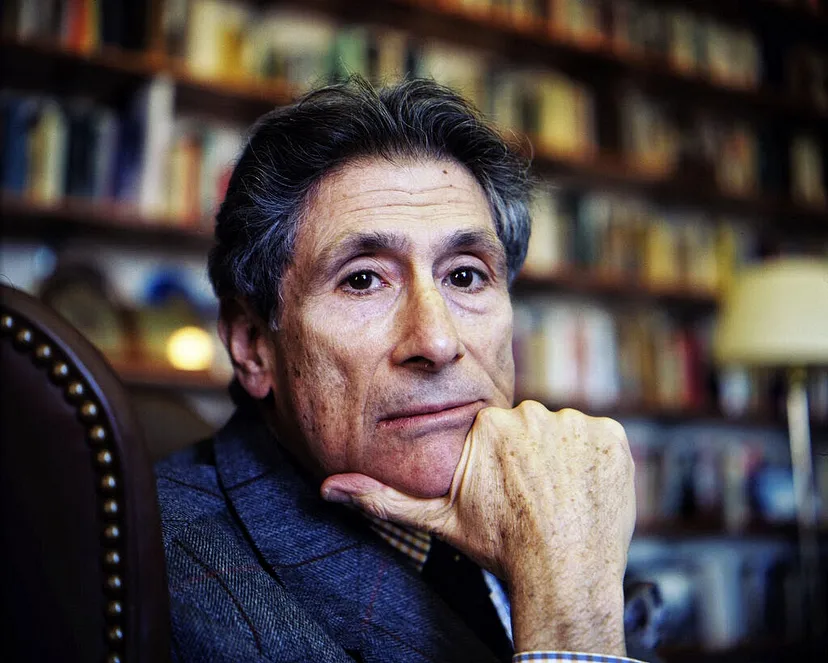
Apart from art and literature, architecture is one of the areas in which the European Renaissance made significant contributions to the world. But centuries before the Renaissance, it was the Byzantines who could be termed as the pioneers of Christian art and architecture. Since the declaration of Christianity as the state religion by Constantine I (272-337 AD), Byzantines had constructed a large number of cathedrals, basilicas, and utilitarian structures, especially under Justinian I.
European academic sphere widely acknowledges that along with the ancient Roman and Byzantine architectural styles, the Romanesque and Gothic styles also played a pivotal role in transforming European-Christian architecture into world-class during the Renaissance. Meanwhile, Islam’s contributions to European art and architecture, as the greatest civilization the world had ever seen since the fall of Classical Rome, are conveniently overlooked.
In 1204, the Western Latin Crusaders sacked Constantinople, the seat of the Eastern Orthodox Church, and inflicted heavy damage on the Hagia Sophia Cathedral, demonstrating that this antipathy of the West to anything Eastern was at once religious, political, ethnic, and regional. Therefore, it is not surprising that the anti-Islamic acts of the West are undergirded by its mysterious theology and political rivalry.
As the West recurrently shows its lenience towards Islamophobia and white supremacy, British writer Diana Darke, in her book ‘Stealing from the Saracens: How Islamic Architecture Shaped Europe,’ delineates the undeniable role of Islamic architecture in the growth of European architectural heritage.
Although the European collective conscience still addresses the Germanic tribes (including Goths) that invaded the Western Roman Empire as barbarians, Europe does not hesitate to accept the art and architectural styles introduced by these people under the same label of Gothic.

Today, the vast majority of medieval cathedrals and basilicas throughout Europe are designed in the Gothic style. However, as Darke highlights, many of the architectural marvels of Europe that are viewed as Gothic are directly inspired by Islamic architecture.
The influence of Islamic architectural traditions from Egypt and Syria can be clearly seen in these structures that are celebrated as icons of European civilization and identity. European pilgrims, travellers, and traders who visited Jerusalem acted as intermediaries in these cultural adoptions. Darke points out that Europe, which readily accepted the Goths, was oblivious to the Islamic tradition.
Regarding the book’s title, ‘Saracen’ was a widely used term in medieval and Renaissance literature, along with ‘Moor,’ to refer to Muslims. After the Amazigh and Arab entry into Spain, the term ‘Moor’ became synonymous with Muslims in Europe. However, the name ‘Saracen’ can be traced back to a much more ancient origin.
In ‘Notitia Dignitatum,’ a document that deals with ancient Roman provinces and the civil-military posts of the time, both the terms ‘Arab’ and ‘Saracen’ are used concurrently. Therefore, ‘Saracen’ should be understood as a general term used to refer to the people of West Asia, including the Arabs.
It is not accurate to say that Europeans, by using the word “Saracen,” intended to call Muslims thieves (“Sārikīn”) from the Arabic verb “saraka,” as many argue. It should be noted that buckwheat is called “Sarrasin” in French and “Grano Saraceno” in Italian. Muslims were described by Europeans as having the color of this brown grain.
However, it may seem curious that white Muslims of European descent were also included under the same term. This is equivalent to the Prophet’s hadith referring to the Romans as “Bani al-Asfār” (Children of Yellow) and, in medieval Muslim writings, western European states as “Firanjah” (Franks).
In later European literature, the terms “Moor” and “Saracen,” deviating from their earlier neutral character, became racial slurs against Muslims. They began to be used to refer specifically to Muslims, moving away from the general meaning of West Asian peoples.
Returning to the main theme, Diana Darke’s “Stealing from the Saracens” explores how Islamic architectural styles from Damascus, Cairo, and Baghdad inspired the iconic structures that tower over European city skylines. When the famous Notre-Dame Cathedral in Paris went up in flames in 2019, people lamented on social media that the symbol of French identity was burnt. But Diana asked them how French Notre Dame is. She wrote on Twitter, “Notre-Dame’s architectural design, like all Gothic cathedrals in Europe, comes directly from Qalb Lozeh, 5th-century church in Syria. Crusaders brought the ‘twin tower flanking the rose window’ concept back to Europe in the 12th century.”
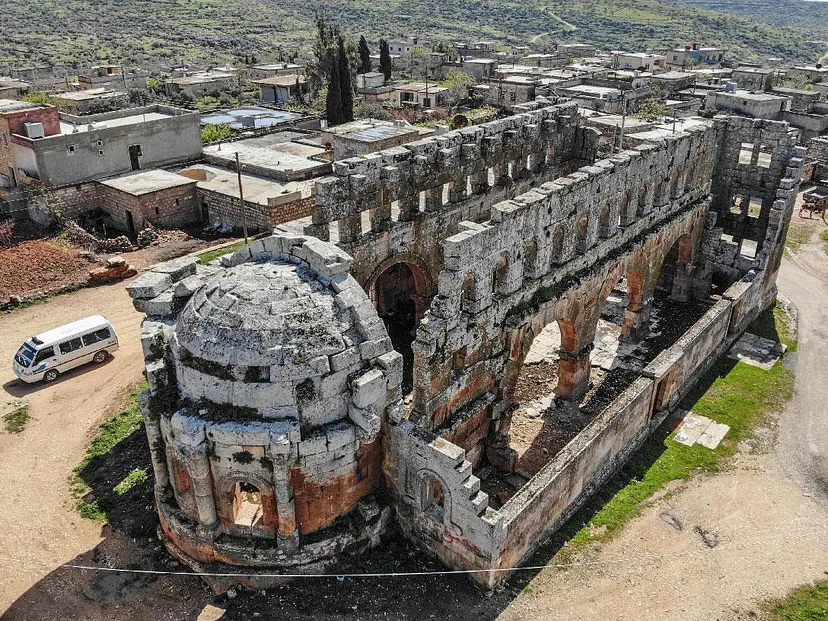
Diana Darke suggests that many locals and foreigners visit the historic Cordoba Mosque, which was transformed into a cathedral after the Spanish Reconquista in 1492, without knowing its true history. It is surprising that most of these visitors are unaware that it is a structure that flourished in the Andalusian architectural tradition.
Pointed arches and ribbed vaults are believed to be distinctive features of Gothic architecture. In fact, ribbed vaults were used for the very first time in the Cordoba Mosque, a century before they were introduced in Romanesque architecture.
Similarly, pointed arches were first used in the Dome of the Rock in Jerusalem, built during the reign of the Umayyad ruler Abd al-Malik in 692 CE. Diana Darke points out that the Temple Church in London is an exact replica of the Dome of the Rock. Not only the central domed, circular pillared interior, but also geometric Arabic inscriptions and Kufic calligraphy can be found in London with minor modifications. Christian Europe had been copying the architectural style of the Dome of the Rock since the Middle Ages, mistaking it for Solomon’s Temple.

Meanwhile, the domes of St. Mark’s Basilica in Venice were built as onion domes, a distorted version of the Dome of the Rock’s dome. They are called onion domes because they resemble the shape of an onion. Onion domes are widely used in areas dominated by the Russian Orthodox Church. Medieval mosques in Eastern European countries such as Latvia, Lithuania, and Poland also feature small onion domes above the minaret. As they are completely made of wood, no big domes or arches can be found in such mosques, which stand in the beauty of local architecture.
The two square minarets, the Minaret of the Bride and the Minaret of Isa, of the Great Mosque of Damascus, built in 715 CE, have influenced the construction style of many famous towers in Europe. The Town Hall Tower in Florence, St. Mark’s Campanile in Venice, and the famous Big Ben Tower in London are some of them. Florence’s town hall and its tower are reminiscent of Mamluk architecture.
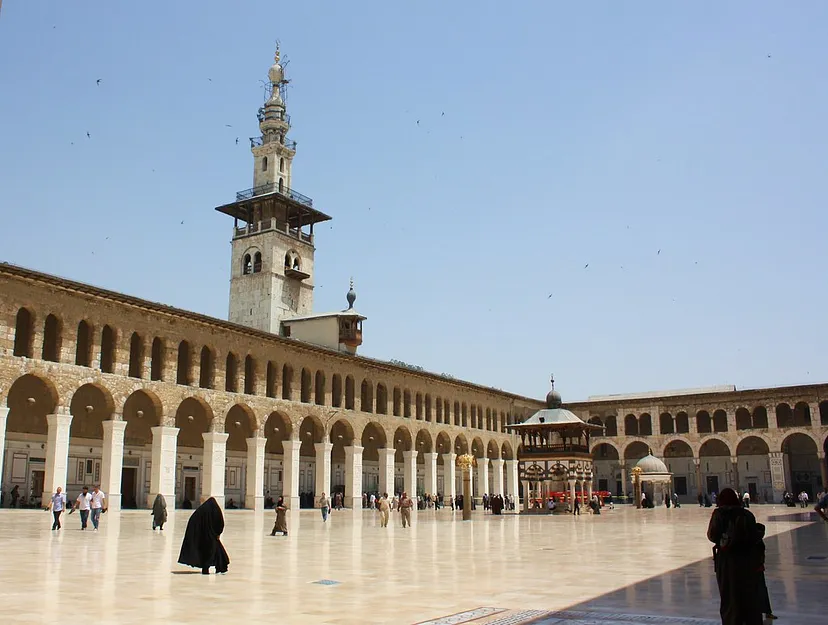
Similarly, the Great Mosque of Aleppo, built in the 8th century AD, was also renowned for its minaret. However, that historic structure, which was about a thousand years old, was completely destroyed by ISIS in 2013.
St. Paul’s Cathedral, located in the heart of London, is another building that owes its construction style to Islamic architecture, or what Europeans called Saracen. Christopher Wren, the British architect who was the mastermind behind the structure, was one of the most prominent architects of the time.
In fact, Christopher Wren himself wrote in the 1700s that, in considering a style that incorporated lightness and ornamentation, the construction of the cathedral was more akin to the Saracenic style than to the heavy Gothic style.
Spain has many structures of Islamic origin, including the Cordoba Mosque, that have been converted into cathedrals, museums, and other public buildings. All of them are a wonderful blend of Gothic, North African, and Islamic architectural styles. Ottoman architects also respectfully adopted and integrated indigenous styles in Europe at the time. The Islamic architectural styles that developed in India, Central Asia, and China were no different from this.
What sets Eastern civilizations, including Islam, apart from Europe is that they were aware of such exchanges and were ready to acknowledge and record them. With cultural and political agencies based on white supremacist claims gaining strength in modern Europe, it is imperative that Europe highlights the civilizational virtues it has acquired from different parts of the world, acknowledges their places of origin, creates awareness about its own past, and adopts an inclusive policy towards other societies.
Therefore, undoubtedly, Diana Darke’s book will be an enlightening experience for the readers.
